Camp Grandma: How to Make it Better
Camp Grandma ended last week after our blowout, end-of-camp party. Now it’s time to evaluate what worked and what didn’t. And to share with you more of the activities we did this year.
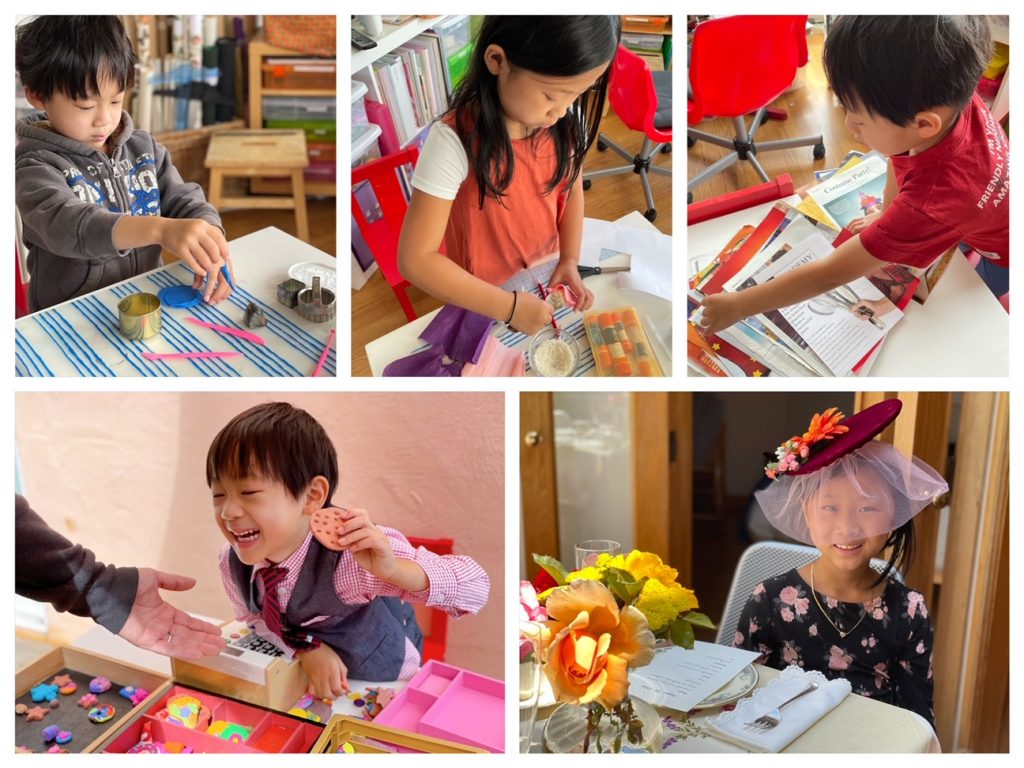
I started a virtual Camp Grandma last year, when COVID prevented Miss T from attending day camp. Little N, masked and distanced, was in full-time preschool. This year, Camp Grandma welcomed both grandkids, in person.
Six Takeaways from Camp Grandma 2021
My after-camp review may help, if you host your own Camp Grandma next year. I’ll certainly be taking stock of my own notes.
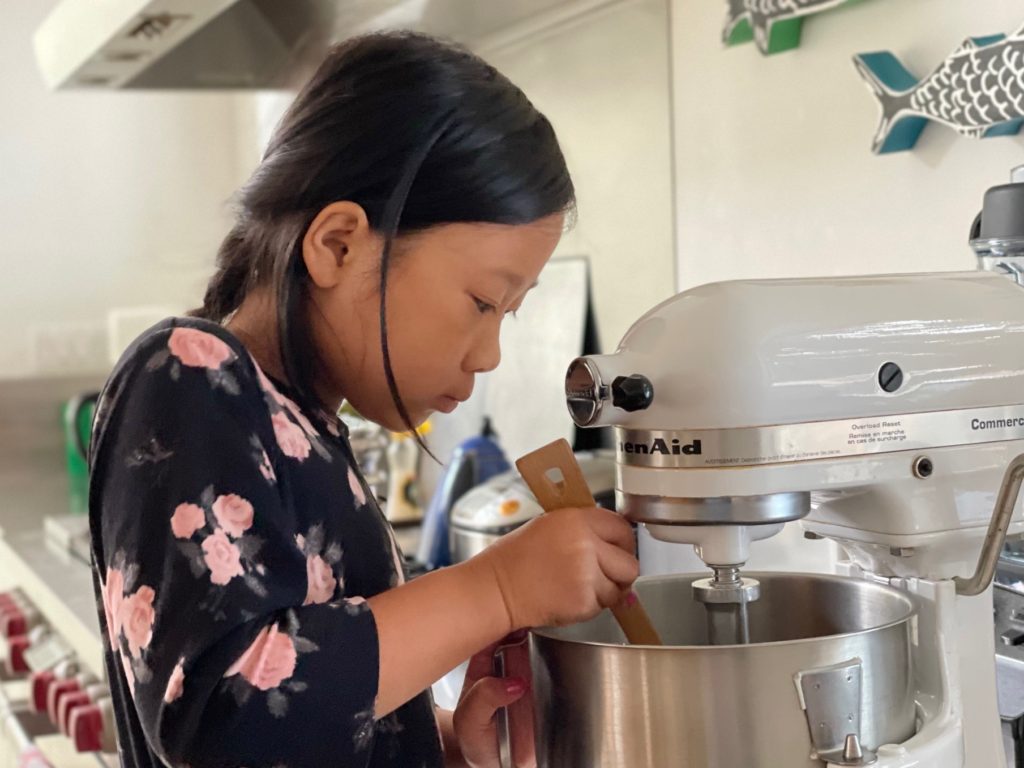
What Worked:
- Having just one camper at a time means you can focus all your energies on that child on their camp day. Meanwhile, having one child fewer at home still provided some relief for work-from-home parents, and in fact, gave parents more quality time to spend with the remaining child.
- Doing some projects that spanned multiple sessions, such as making fascinators for a tea party or constructing a piñata, gave our camp a sense of continuity and cohesion.
What Didn’t Work:
- Trying to adhere to a schedule proved impractical. It’s better to go with the flow, working with each child’s interests and attention span.
- I bought a book specially to teach my picky eater grandkids about food and nutrition, but we never got to it; my plan to have each child make their own nutritious lunch also went by the wayside for lack of time.
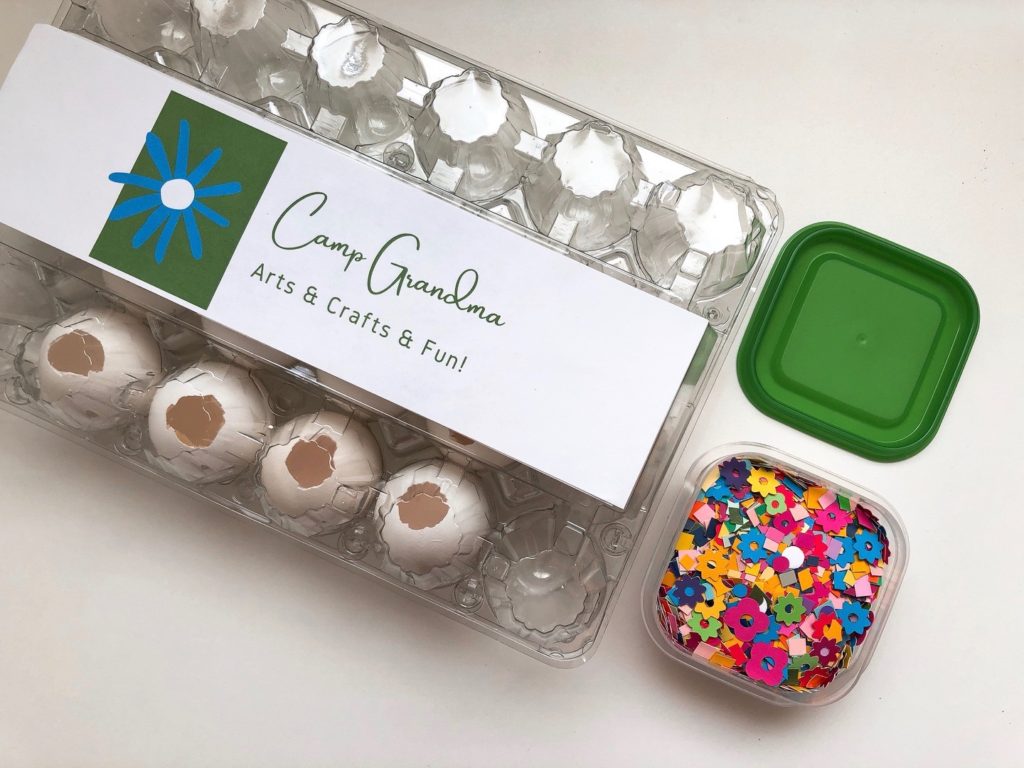
- Last year, I felt it was important to brand all projects under a Camp Grandma logo, since we were working via FaceTime. Materials for each crafting project incorporated the logo on the packaging. This year, I intended to do the same, but working in person, I found we could simply rummage through the craft room to find what we needed, so the logo and packaging were superfluous. I only branded T-shirts and camp certificates for our end-of-camp party.
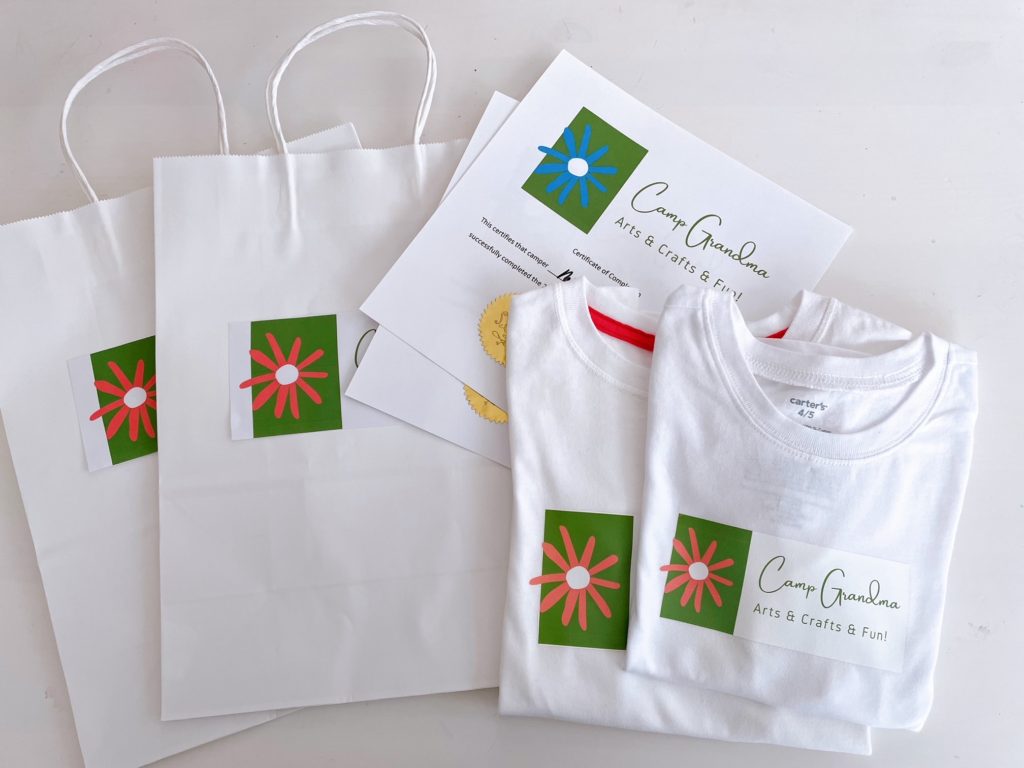
What Sort-of Worked:
- This year, I included educational activities–science, geography, and math–to expand beyond what was previously a crafts camp. However, I didn’t get to diversify as much as I had hoped. There are many good online resources for support, but it takes time to source and plan each activity.
What Else Did We Do at Camp?
Each week, for six weeks, I focused on one Camp Grandma project to post on this blog. Here are some other smaller projects that we accomplished. They might make good, one-off activities to do with your grandkids.
Geography Made Easy
Kids love puzzles. So I bought the grandkids a map of the USA puzzle and a world globe as a means to teach geography, even to a five-year-old.
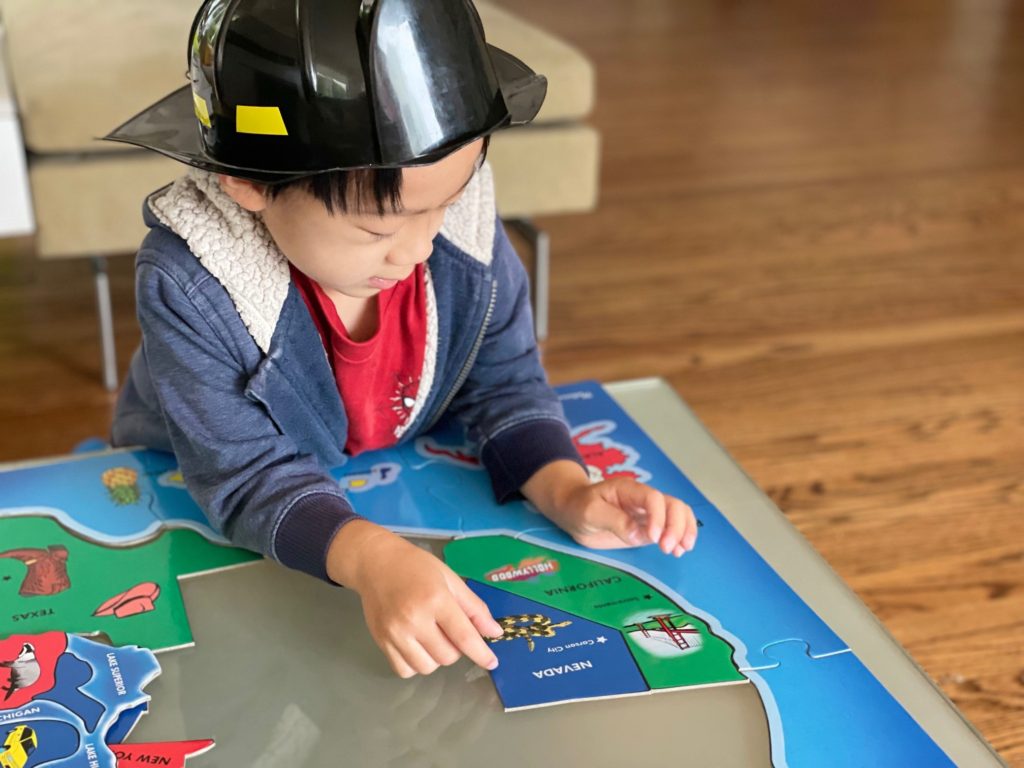
How We Did It: U.S. Geography
- Kids were required to make the puzzle at every Camp Grandma session.
- We discussed the regions of the country, the bodies of water, and the names of the states.
- We examined the globe to understand how the flat map corresponds to the three-dimensional sphere.
Camp Grandma Science Projects
We experimented with a number of quick science projects using the Internet for guidance.
How We Did It: Bouncy Balls
- First, we learned about polymers on YouTube. We needed to understand how school glue, when immersed in borax water, caused the polymers, long chains of molecules in the glue, to stick together.
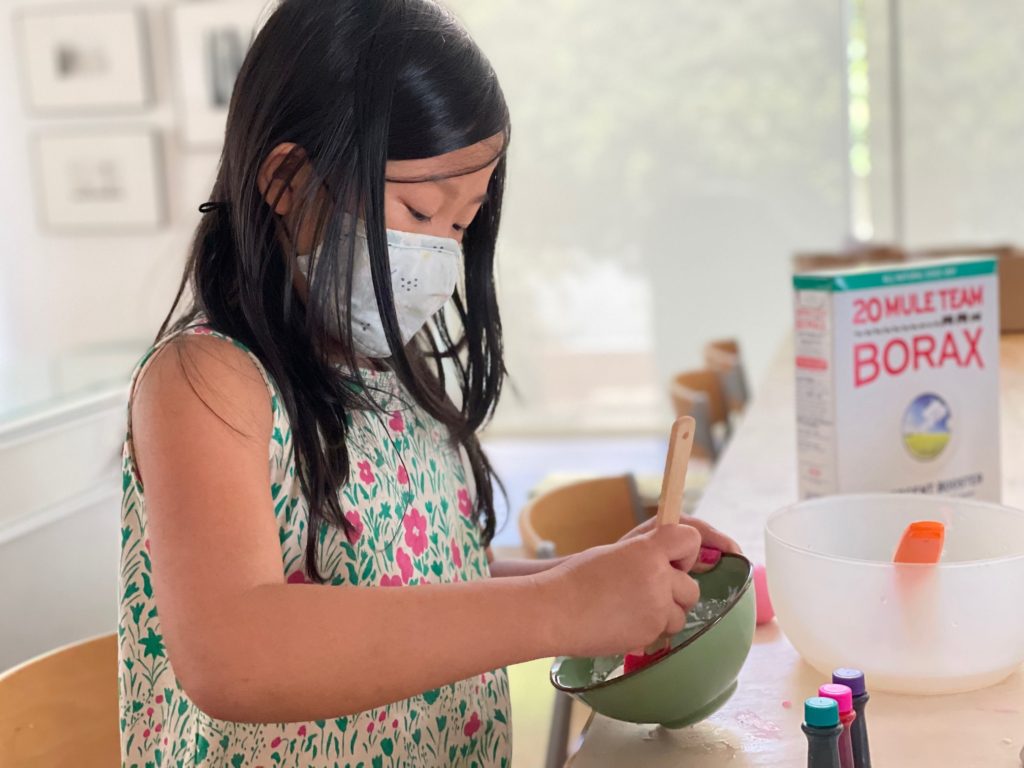
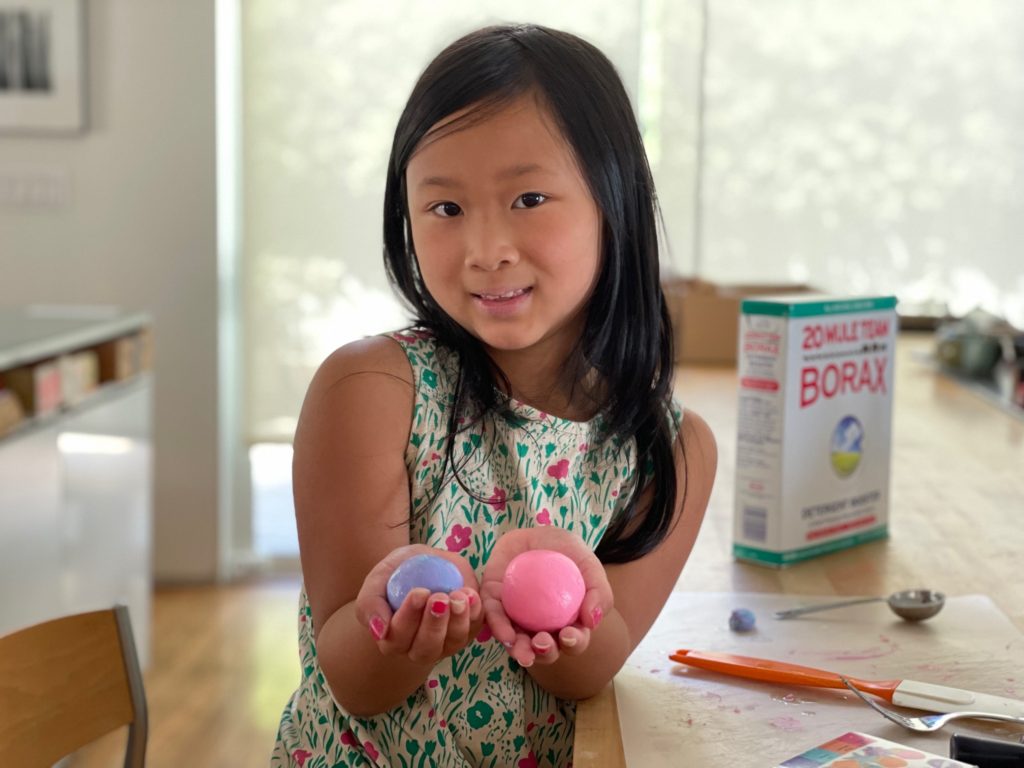
- Then we made bouncy balls from the website, The STEM Laboratory. These squishy balls are fascinating to make and fun to play with afterwards.
How We Did It: Orange Fizz
- We dipped a clementine slice into baking soda to wake up our tastebuds.
- The citric acid in the clementine reacts with the baking soda, which is a base. The reaction creates a fizzy bite of fruit, much like “eating” orange soda. We found instructions on the website, Science Fun for Everyone.
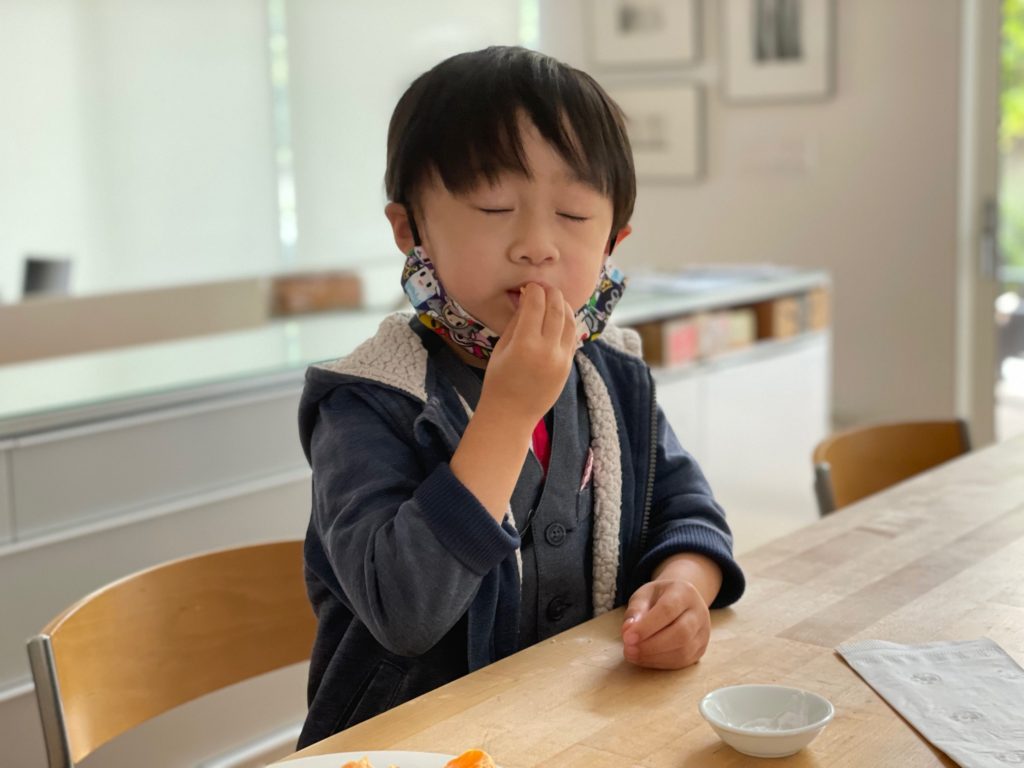
How We Did It: Invisible Ink
- We squeezed lemon juice for the “ink” and used a cotton swab for the pen.
- Miss T wrote an invitation to her parents to attend our Camp Grandma party.
- Once dried, the “ink” became invisible.
- Miss T’s parents heated the paper to see the message.
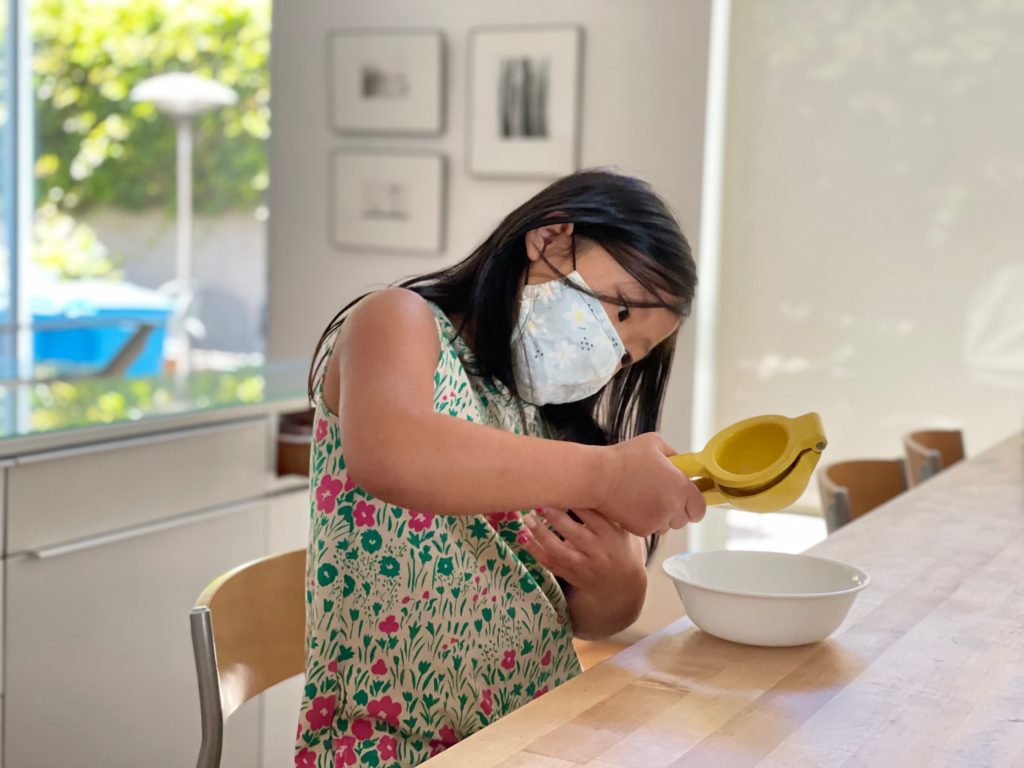
- Heating causes some of the sugars in the lemon juice to react with oxygen to turn the sugars brown. Additionally, acids in the lemon juice can react with fibers in the paper to create more sugars. Learn how at the KiwiCo website.
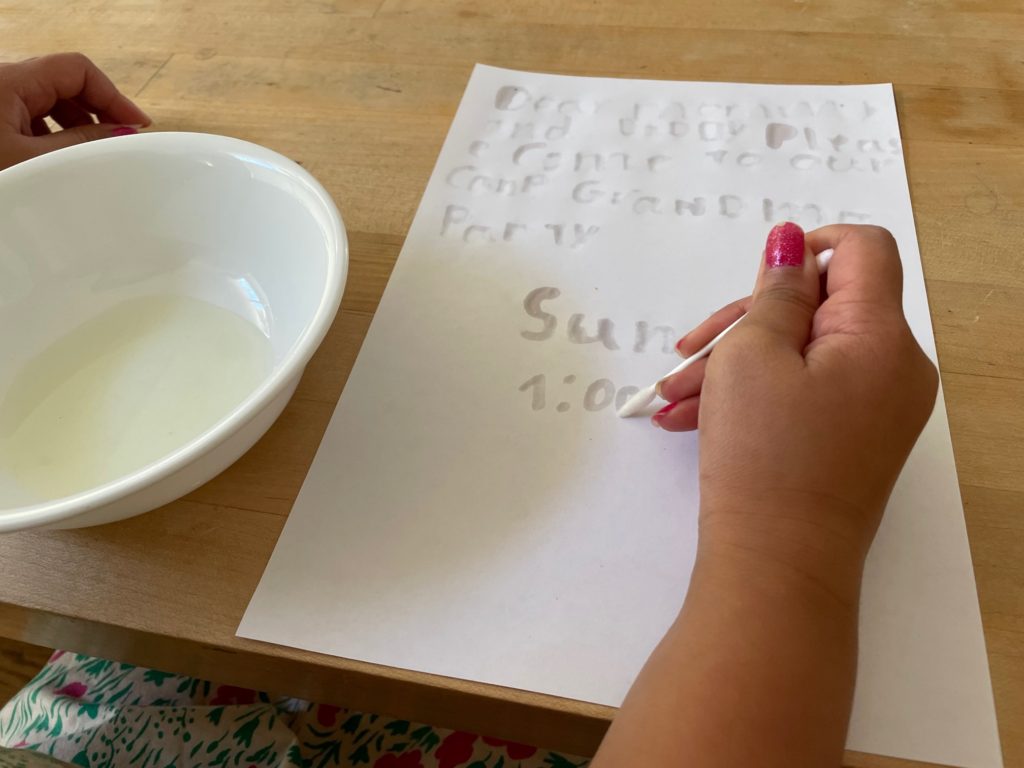
Art and Music Project
Art museums have lots of good ideas for attracting children to art. These projects are usually meant for teachers, but certainly work for grandmas, too. I can’t remember where I found this project idea that teaches kids to express what they feel in music through art.
How We Did It:
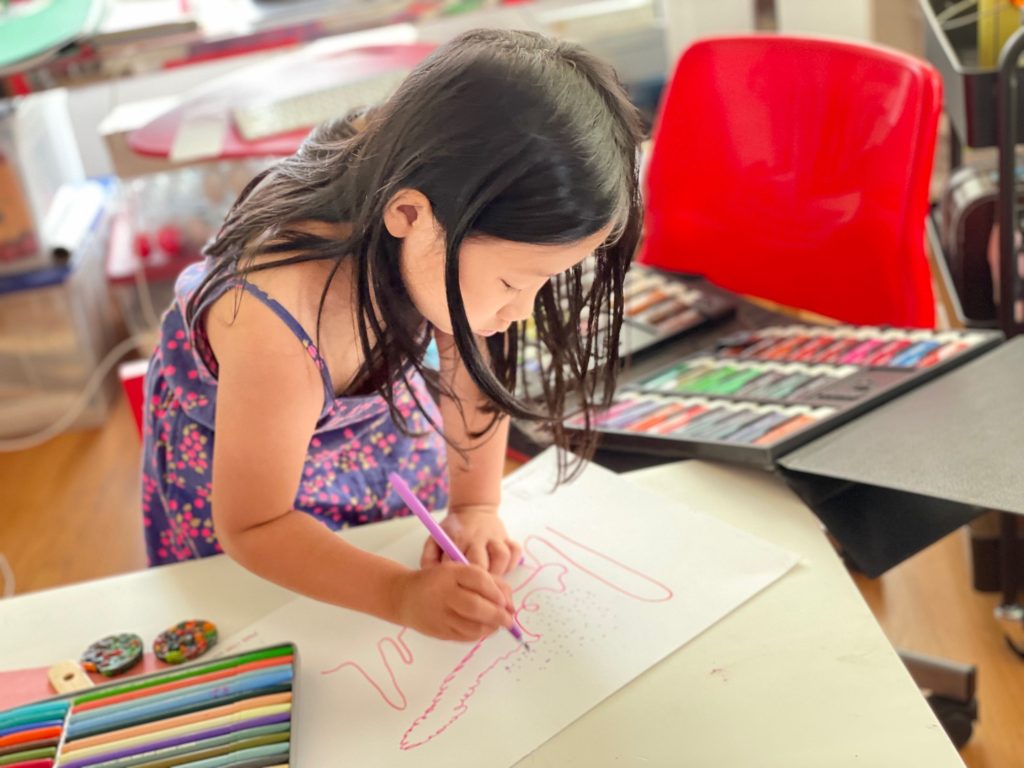
- First, we watched the Sorcerer’s Apprentice from the original Fantasia on Disney+ (or you can find it on YouTube) —to show how music can be interpreted into a cartoon. Then we viewed a segment on YouTube of the delightful L’opéra imaginaire: La Traviata where claymation sweets come to life in a celebration of color.
- Next, I gave the camper of the day a sheet of drawing paper and markers, and had them listen to George Gershwin’s Rhapsody in Blue.
- For the languid parts of the music, they tended to draw long, smooth lines; for the short, jumpy parts, they were inspired to make sharp little lines and dots. They were feeling the music and the art that evolved was quite interesting.
- We turned the artwork into birthday cards for their mom. I included this line: “Art inspired by Rhapsody in Blue, by George Gershwin.”
What Camp Grandma has Taught Me
After two summers of Camp Grandma, I’ve learned that doing thoughtful activities together with the grandkids is a way to forge deep and rich bonds. My goal when we get together is not simply to babysit, but to plan and execute meaningful projects that educate and stimulate imagination and creativity.
Next summer, hopefully, the pandemic will have subsided and the grandkids will be able to attend day camps in the city. Camp Grandma has been a stopgap measure in a time when kids’ options have been severely limited, due to COVID. But whether there’s a Camp Grandma 2022 as a supplement to day camp, or whether it remains the only summer activity available for the kids, I’m ready to do this again. We’ve had a glorious two years together.
Grandma Takes a Staycacation
Call Me Grandma! will be on hiatus beginning tomorrow, returning in three weeks, on Wednesday, September 8, with more new ideas for educating and having fun with the grandkids.
.
Don’t forget to sign up for my email newsletter. Every Wednesday, I’ll give you a new idea for an activity or insight to nurture the little ones in your life. And follow me on Facebook, Twitter, and @grandmasday on Instagram for the latest on Call Me Grandma!